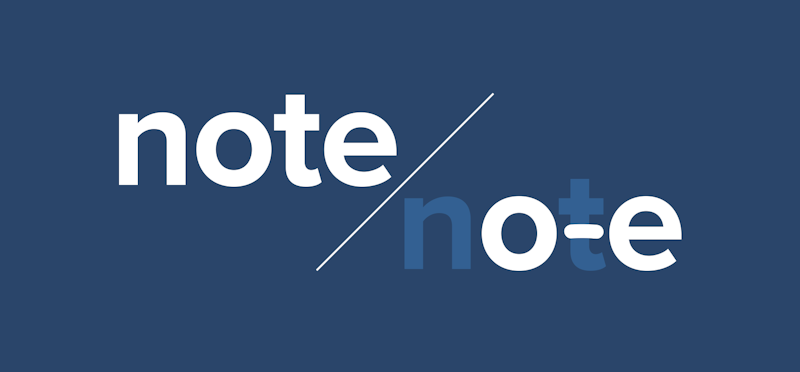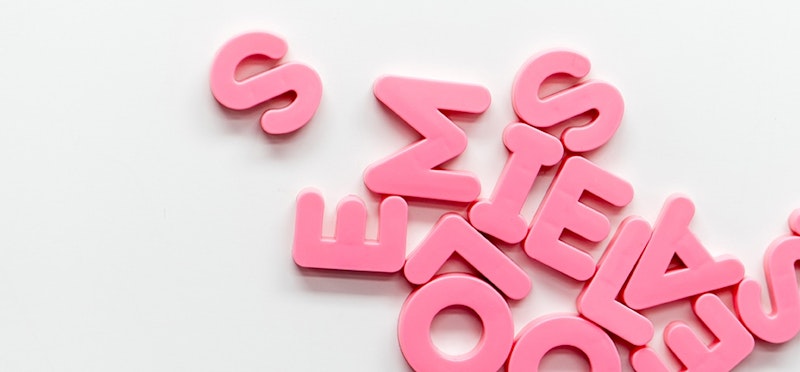Designers of each phonics curriculum have to make decisions on how to treat the phonics structure of English words. One of the more contentious issues involves treatment of the letter e at the end of so many words. Several situations present themselves and some of them require setting priorities
First Situation: Assign the Second Sound of the Letter "e"
In words like he, she, be, and we, the letter "e" represents its Second Vowel Sound (or long sound), the First Vowel Sound (or short sound) being the /e/ sound in words like net and red.
Second Situation: Call It a Split Vowel Digraph When You Can
If the ending letter e can be part of a split vowel digraph, it should be treated that way. A split vowel is just a vowel+e situation, where the ending consonant sound is dropped in between the first letter of the digraph and the ending "e". Examples, with the digraph underlined, are tame, here, fine, bone, and cube. In each case, the vowel spelling is split and the spelling of the ending consonant sound is inserted before the letter "e". And, in the first four cases, the sound of the vowel is just the letter name of the first letter. The case of the "u-e" is discussed below.
In kid language, we refer to the split vowel spelling "a-e" as "a dash e" and we put the next sound in the word in where the dash is.
There are two points about split vowel digraphs worth noting. First, the ee digraph is rarely split. We have many more words like beet, sleep, and cheer than we do like eve, scene, and theme. Second, the "u-e" has two sounds, the /ue/ sound in cube and the /oo/ sound in tune. This is mostly because saying a /ue/ sound in words like tune and flute is a bit of a tongue-twister, so we've corrupted the language and say an easier /oo/ sound in those words. When teaching a child to read a word with the "u-e" digraph, tell him to always try the /ue/ sound first. In those words where it's a tongue twister, he will almost always settle on the /oo/ sound when decoding the if it's too hard to say the /ue/ sound.
Third Situation: Treat the "e" as Part of an Ending Digraph
Many common one-syllable words found in early reading end in a letter "e" that can't be explained as part of a split-vowel digraph. In those cases, it makes most sense to create a series of Ending Digraphs, most of which represent the sound, or sounds, of the leading consonant.
Here is a list of the ending digraphs that end in the letter "e" in all the OnTrack Reading programs:
- ce (since, juice): The "Rule of c" dictates that ce is a /s/ sound.
- ge (lunge, large): Always the /j/ sound, not the /g/ sound
- me (come, some): Always the /m/ sound
- ne (done, famine, ravine): Always the /n/ sound
- se (sense, geese): The /s/ sound; (raise, cheese): The /z/ sound
- te (route, paste): Always the /t/ sound
- ve (give, have): Always the /v/ sound
- ze (freeze, snooze): Always the /z/ sound
- le (purple, handle): This Ending Digraph is a special case. It stands for the two sounds /oul/+/l/ that you hear after the /p/ sound in the word pull. In the curriculum, le and qu are the only two digraphs that represent two sounds at once.
Once you have taught the above three cases, second vowel sound, split vowels, and ending digraphs, the phonics code in nearly all words that end with the letter "e" can be explained. All that remains is a means to code the few words that end in "e" that can't be explained with any of the above three codings.
And Finally, Use a Double Underline
Whenever a word contains a letter or digraph that can't be explained by the phonics code being taught, the best answer is to deploy the double underline. It can be used two ways, to indicate an extraneous letter or digraph that represents no sound, or to indicate a unique sound for the letter or digraph, one so uncommon that it should not be taught as a possible sound option.
Here are some examples ending in the letter e
- are: Double underline the "e" leaving the digraph ar, a reasonable spelling
- were: Double underline the "e" leaving wer, a reasonable spelling
- giraffe: Double underline the "e" leaving the word giraff, another reasonable spelling
- shoe: Double underline the "e" leaving the word sho, to rhyme with to, again, a reasonable spelling, although shoo would be better.
No phonics code taught to young children should anticipate every possible sound-spelling relationship present in English words. It would be too cumbersome to teach. The double underline accomplishes two things. First, it removes the need to teach odd sounds for letters and digraphs. Second, because odd spellings of sounds are emphasized with the double underline, it draws attention to the part of the word that needs to be memorized because the standard phonics code is of little use.
All That Remains is Prioritizing
Some words, like rice and stage, could be coded two different ways, using either the split vowel coding and underlining the "i-e" or the "a-e", or by using the ending digraph coding and underlining the endings "ce" and "ge". When these words are encountered, teach the child to first identify the split vowel and use that coding.
Only use the ending digraph coding when the split vowel concept doesn't work. With a word like finite, explain the the second chunk as having a split vowel digraph. With a word like infinite, explain the last chunk, nite, as having the digraph te, because the split vowel concept doesn't work.
And if none of the standard coding works, deploy the double underline.
Another Advantage of the Double Underline
First, remember, you're only using the double underline to explain a word's phonics structure. That's it. You're not requiring a child to double underline at any time. You just do it to point out that there's a weird letter in a word, or a weird sound assigned to a letter or digraph. You shouldn't be writing coded stories for a child to read, or any of that. Just use it to point out anomalies in words, spellings that don't fit the code...so far.
Right, so far. And what's that mean? Well, as your young reader starts plowing through books on his own, he's going to run into words he can't explain with the code he's learned, so far anyway. Here's an example with an ending e, the word soothe. The first time a child sees it, he mentally double underlines the ending e and the rest of the word makes sense phonetically.
A few weeks later he runs into the wordbreathe and does the same thing. But this time he's wondering if maybe the might be a new phonogram for the /the/ sound. Later yet, he finds both lathe and writhe in a mystery novel and he decides to add the to his growing set of legitimate phonograms, and the mental double underline under the letter e is replaced by a mental single underline under the the in each of those words to denote the new phonogram he's discovered, and on his own at that.
A Growing Phonics Code
The above process describes a phonics code that a young reader, properly taught, can expand at will through middle school, into high school, and beyond, as his reading horizons broaden over the years.
It requires no rules, just observation and a knowledge of a systematic way to analyze the phonetic structure of each new word encountered. And there will eventually be tens of thousands of them. Fortunately, the vast majority will be fully decodable using the phonics code he's already learned.



